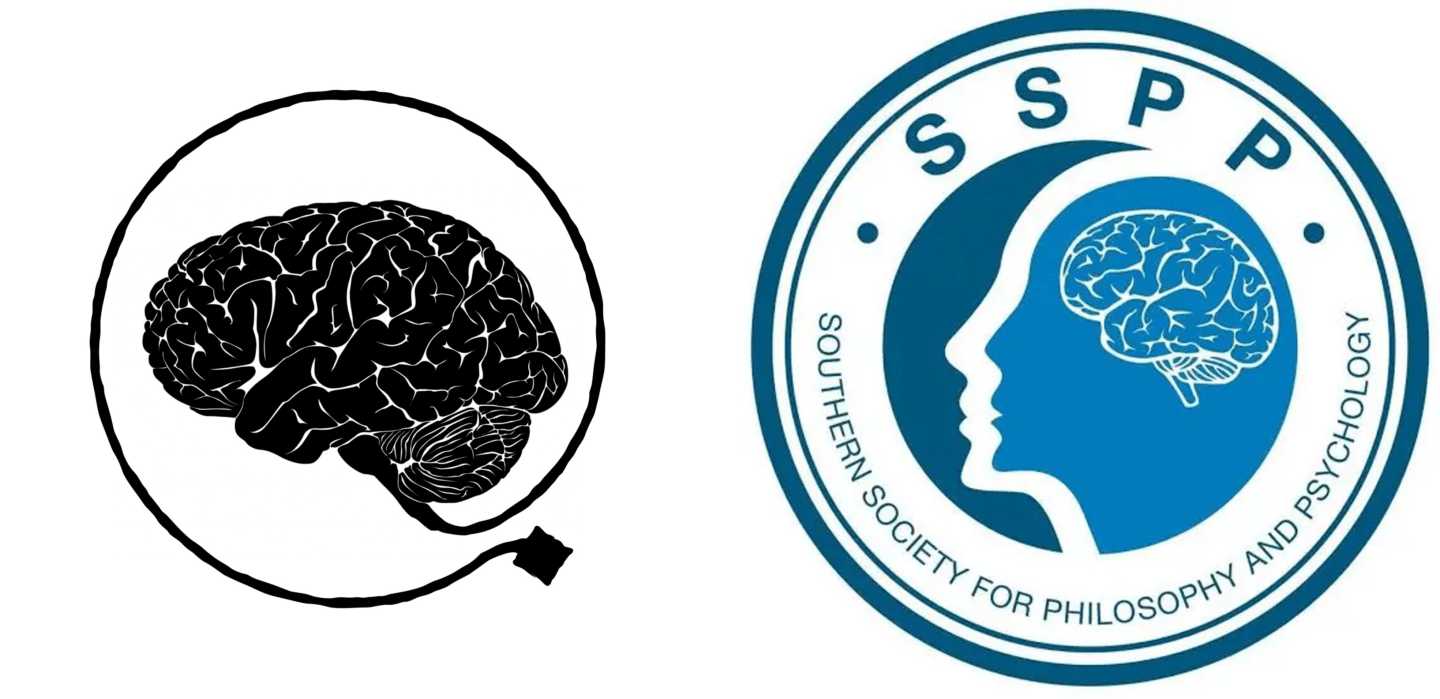Factive Mentalizing and the Attribution of Desire
Akshan deAlwis, Washington University
Research on the extent of mentalizing – attributing and tracking the mental states of other minds – is highly heterogeneous. Some research indicates that mentalizing is fast, easy, and early developing, while other research indicates that it is slow, hard, and late developing. The Factive Mentalizing View (Philips & Norby 2019; Philips et al. 2020) cuts through this heterogeneity by positing two distinct types of mentalizing: factive mentalizing, the attribution of mental states that entail truth (e.g., knowledge), and nonfactive mentalizing, the attribution of mental states that can be false (e.g., belief). It’s factive mentalizing that is fast, easy, and early developing, whereas nonfactive mentalizing is slow, hard, and late developing. An obvious question remains: what explains this asymmetry?
Westra and Nagel (2021) propose that representational coupling explains this asymmetry. Since factive mental states entail the truth of their contents, to attribute a factive mental state, we can simply link other minds to our own representation of reality. By doing so, we deploy and maintain a coupled representation. In contrast, since nonfactive mental states don’t entail the truth of their contents, to attribute a nonfactive mental state, we must link other minds to a distinct representational token of the world. By doing so, we deploy and maintain a decoupled representation. That decoupled representation requires more representational resources than coupled representation explains why nonfactive mentalizing is slower and harder than factive mentalizing.
In the paper I presented at SSPP, I argue that Westra and Nagel’s proposal, the Representational Factive Mentalizing View, makes the wrong predictions about desire attribution. I think anyone drawn to the views described above should also accept that we attribute motivational states, like desires, when we mentalize. It’s the attribution of both epistemic and motivational attitudes that allows for the successful prediction or explanation of behavior. How does desire attribution fit into the Representational Factive Mentalizing View?
Like belief attribution, desire attribution is nonfactive: one can desire what is not the case. And like belief attribution, desire attribution seems to require decoupled representations. If we maintain a representation of what is good or desirable, then attributing another person’s diverse desires requires tokening a distinct value representation — what is good for them. Moreover, attributing desires involves representing possible or future states of affairs. Finally, we often attribute incompatible desires, like Saritha’s desire for the Celtics to win and Chandra’s desire for the Celtics to lose. Representing these desires involves representing mutually incompatible satisfaction conditions. All these features of desire attribution suggest it requires decoupled representations.
So, if the Representational Factive Mentalizing View is correct, we should expect desire attribution to resemble belief attribution: slow, effortful, and late developing. But that’s not what the data show.
Desire attribution appears fast, easy, and early developing. Adults rapidly and spontaneously infer desires from behavior (Malle & Holbrook 2012). Children attribute diverse desires well before they pass standard false belief tasks (Wellman et al. 2001; Repacholi & Gopnik 1997; Hobbs & Spelke 2015). In fact, children who fail false belief tasks can nonetheless attribute incompatible desires (Proft et al. 2021). Even nonhuman primates track others’ goals and motivations (Call & Tomasello 2008). In short: desire attribution doesn’t fit the Representational Factive Mentalizing View’s predictions.
One way out is to propose that there’s a “factive” desire concept that’s fast and early developing. Perhaps infants and nonhuman animals attribute a more basic, factive state like “liking” or “preference” (Heim 1992). Another proposal is that they rely on a simple proto-desire attribution mechanism — a shallow but developmentally early way of tracking motivation. For example, Bartsch and Wellman (1995) propose that children’s proto-desire concept is “nonrepresentational”, meaning that they don’t view others’ desires as representational in nature. On this nonrepresentational view, children expect my desire that the Celtics win to be satisfied only when the Celtics in fact win, not when I believe the Celtics win.
Both alternatives have the same flaw: they both still require decoupled representation. Children readily distinguish the objects of their own desires and likes from the objects of others’ desires and likes, demanding, as I’ve argued, decoupled representations. Finally, neither alternative can explain children’s success in attributing incompatible desires, as noted above. Children’s ability to attribute incompatible desires (and failure to attribute false beliefs) suggests that a more mature “nonfactive” form of desire attribution is nonetheless fast and early developing. Neither alternative successfully rescues the Representational Factive Mentalizing View from the challenge posed by desire attribution.
Desire attribution, I hold, is a serious problem for the Representational Factive Mentalizing View. The view can’t account for the full heterogeneity of data on mentalizing. If decoupling is what makes belief attribution hard, then desire attribution should be hard too. That it isn’t suggests that the explanation must lie elsewhere. In the longer version of the paper, I argue that the Factive Mentalizer’s best remaining candidate to explain this heterogeneity is differences in processing. The idea is that others’ knowledge and desires are obvious from actions, allowing for efficient extraction of these mental states. Belief by contrast is less evident, requiring more challenging inferences. This processing explanation fits broadly into a bounded rationality approach, like Gigerenzer’s ecological rationality.
I really appreciate the opportunity to write about this project on Brain Blog. (And please forgive how the project is thoroughly representationalist — I think it makes the most dialectical sense!)
Works Cited:
Bartsch, K., & Wellman, H. M. (1995). Children talk about the mind (pp. viii, 234). Oxford University Press.
Call, J., & Tomasello, M. (2008). Does the chimpanzee have a theory of mind? 30 years later. Trends in Cognitive Sciences, 12(5), 187–192. https://doi.org/10.1016/j.tics.2008.02.010
Heim, I. (1992). Presupposition Projection and the Semantics of Attitude Verbs. Journal of Semantics, 9(3), 183–221. https://doi.org/10.1093/jos/9.3.183
Hobbs, K., & Spelke, E. (2015). Goal attributions and instrumental helping at 14 and 24 months of age. Cognition, 142, 44–59. https://doi.org/10.1016/j.cognition.2015.03.014
Malle, B. F., & Holbrook, J. (2012). Is there a hierarchy of social inferences? The likelihood and speed of inferring intentionality, mind, and personality. Journal of Personality and Social Psychology, 102(4), 661–684. https://doi.org/10.1037/a0026790
Phillips, J., Buckwalter, W., Cushman, F., Friedman, O., Martin, A., Turri, J., Santos, L., & Knobe, J. (2020). Knowledge before belief. Behavioral and Brain Sciences, 44, e140. https://doi.org/10.1017/S0140525X20000618
Phillips, J., & Norby, A. (2021). Factive theory of mind. Mind & Language, 36(1), 3–26. https://doi.org/10.1111/mila.12267
Proft, M., Hoss, C., Manfredini Paredes, K., & Rakoczy, H. (2021). Do children understand desires before they understand beliefs? A comparison of 3-year-olds’ grasp of incompatible desires, competitive games and false beliefs. Cognitive Development, 57, 101009. https://doi.org/10.1016/j.cogdev.2021.101009
Repacholi, B. M., & Gopnik, A. (1997). Early reasoning about desires: Evidence from 14- and 18-month-olds. Developmental Psychology, 33(1), 12–21. https://doi.org/10.1037/0012-1649.33.1.12
Wellman, H. M., Cross, D., & Watson, J. (2001). Meta‐Analysis of Theory‐of‐Mind Development: The Truth about False Belief. Child Development, 72(3), 655–684. https://doi.org/10.1111/1467-8624.00304
Westra, E., & Nagel, J. (2021). Mindreading in conversation. Cognition, 210, 104618. https://doi.org/10.1016/j.cognition.2021.104618

